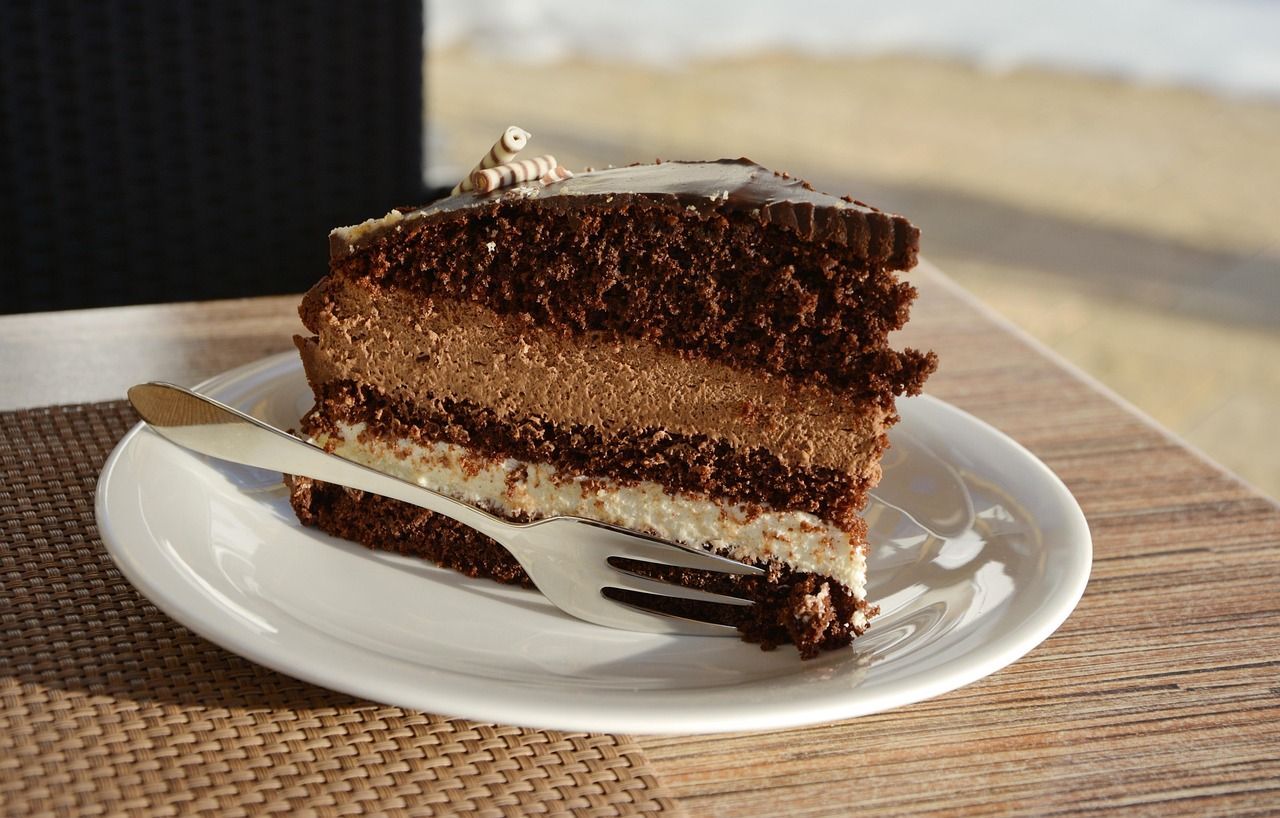You said it comes from where?
Don't believe their names, these dishes come from elsewhere
Published on August 18, 2025
 Credit: Brooke Lark
Credit: Brooke Lark
Many dishes carry an origin in their name. But were they created in those places? Canadian bacon is back bacon, Russians eat Olivier salad, and Thai people do call it pad Thai, but is this the norm? Some dishes that are popular in America are associated with certain cuisines in their names when, in reality, they have a different origin. Let’s explore some of them and find out how they came to be called this way!
French Fries
 Credit: Joyce Panda
Credit: Joyce Panda
Contrary to what the name suggests, French fries originated in Belgium, not France. According to a popular story, 17th-century Belgian villagers, unable to fish on a frozen river, decided to fry their potatoes instead.
So, why French and not Belgian fries? There are several likely stories, but the term ‘French fried’ has been synonymous with ‘deep fried’ long before it was used for potatoes.
Hawaiian Pizza
 Credit: Mike Hindle
Credit: Mike Hindle
Pineapple as a pizza topping might be one of the most divisive food choices, and Hawaiians unjustly bear the brunt of the anti-pineapple side. But this controversial pizza combination is the result of many factors, none of them related to the Aloha state.
The idea behind this pairing came from a Greek-Canadian restaurateur from Ontario who had experience cooking Chinese food, abundant with sweet and sour combinations. Why Hawaiian then? It was the brand of the canned pineapple.
German Cake
 Credit: congerdesign
Credit: congerdesign
Spongy chocolate layers and a coconut-pecan frosting; no wonder this cake is a tried and true classic. But it is not the German chocolate classic, as that title is held by Black Forest cake. This one is all American.
The original name of this dessert was German’s chocolate cake, after chocolate-maker Samuel German. With the recipe becoming popular and rival chocolate brands developing their versions, the possessive in the name was eventually dropped.
Danish Pastries
 Credit: Isabelle Tombleson aka The Psychologist Within
Credit: Isabelle Tombleson aka The Psychologist Within
Danishes are one of those pastries that are simply versatile. They have a multitude of fillings and flavor profiles, and make excellent snacks. But are they actually Danish?
If you were to ask someone from Denmark, they would tell you that their real name is wienerbrød, or Viennese bread. But, although they were an Austrian import into Denmark, the truth is that Danish bakers developed their own distinct recipe. So, they are sort of Danish.
Japanese Peanuts
 Credit: Fotorech
Credit: Fotorech
While this snack was developed by a Japanese person, it doesn’t exist in Japan as we know it. It originated in Mexico, where a recently unemployed Japanese immigrant took up selling snacks as a way of providing for his family.
Inspired by mamegashi —a Japanese snack of seeds coated in spiced flour and fried— he chose peanuts to adapt them to the Mexican taste. The snack became popular instantly and was known as ‘Japanese-style’ peanuts.
French Toast
 Credit: Crystal Jo
Credit: Crystal Jo
The trick of wetting and cooking stale bread is older than the country of France. A 1st-century Roman cookbook contains what is considered to be the first recorded (eggless) French toast recipe, called aliter dulcia (‘another sweet dish’).
The dish does exist in France, but it’s called pain perdu, or ‘lost bread’. Possible explanations for the ‘French toast’ name talk about either a desire to make it sound more upscale or about a man called Joseph French popularizing it in America.
Macedonia Salad
 Credit: Hans
Credit: Hans
After a few dishes wrongly attributed to France, we encounter a French dish wrongly attributed to Macedonia. This dish can be found across southern Europe, but the term macédoine comes from French cuisine and is used for a salad made from small pieces of fruits or vegetables.
Though disputed, several sources claim that Macedonia refers to the mix of fruits or vegetables, as a reference to the mix of people that were part of the empire of Alexander the Great of Macedonia.
Swiss Cheese
 Credit: Wagner Vilas
Credit: Wagner Vilas
This one’s tricky: some Swiss cheeses come from Switzerland, but not all. The term ‘Swiss Cheese’ is used in America in a generic sense to talk about cheeses similar to Swiss Emmental (the yellow cheese with holes, in case you don’t recognize the name).
While Emmental is a registered name for cheeses made in that specific region, it’s still used for similar products from other countries. Also, true Emmental cheese might be sold as ‘Swiss cheese’ in the U.S.
Spanish Rice
 Credit: Uday Agastya
Credit: Uday Agastya
Spanish people are well-known for a specific rice dish, but it’s not this one, because this one’s Mexican. Sometimes called Mexican rice, this dish is a common side dish in Mexican cuisine, which is simply known as arroz rojo, or ‘red rice’.
Why the association with Spain, then? The name is used in the context of Tex-Mex cuisine: some say it’s because the dish is perceived as a simpler version of the Spanish paella, while others think it’s because it comes from a Spanish-speaking culture.
Italian Dressing
 Credit: WillyGo503
Credit: WillyGo503
If you ever travel through Italy, don’t expect to find Italian dressing available in restaurants or supermarkets. Despite its name, this one is one hundred percent American.
But it does have a connection with Italy: it originated in Massachusetts, where a restaurant started selling a salad vinaigrette made by the owner’s wife. She was the daughter of Italian immigrants, and this was her family’s recipe, so everyone called it ‘the Italian dressing’.












